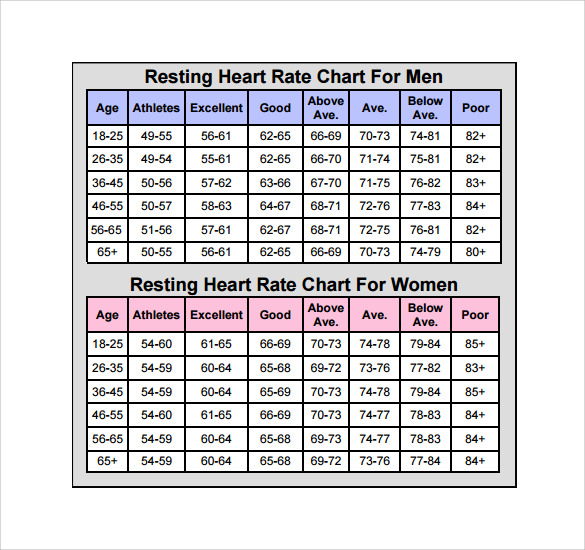

Baseline examinations began at the end of 1983 and were essentially completed within 24 months (from December 1, 1983, through December 31, 1985). 9 Briefly, the target population was noninstitutionalized subjects aged 65 years and older (N=3088) domiciled in Castelfranco Veneto. The selection of this cohort, methods of examination, and follow-up procedures have been described previously in detail. The study cohort consisted of 2254 persons (855 men and 1399 women), aged 65 years or older, participating in the CASTEL, a prospective study conducted in the rural town of Castelfranco Veneto, northeast Italy. 9 The secondary goal of the study is to verify, if there is an effect of the heart rate on mortality, whether this is equally distributed throughout the heart rate range or whether there is a threshold level beyond which the relationship becomes apparent. We undertook this study to investigate whether a high heart rate is associated with mortality in elderly men and women from the Cardiovascular Study in the Elderly (CASTEL). 4 - 8 Sex differences in the effects on mortality of a potentially modifiable risk factor such as the heart rate are also important to examine. This is of particular interest because some risk factors for atherosclerosis, such as the total cholesterol level, smoking, and obesity, tend to lose their predictive power for morbidity and death in old age. Clarifying whether a high heart rate is a risk factor for death remains important also in the growing population of elderly persons in industrialized countries.

In recent years, evidence has been accumulating that a high heart rate is also an important risk factor for cardiovascular and noncardiovascular death in middle-aged persons, 1 - 3 even though its prognostic importance has been overlooked by the scientific community and is still ignored by physicians. THE RESULTS of several landmark epidemiological studies carried out in diverse population settings showed cigarette smoking, high blood pressure (BP), serum cholesterol levels, and diabetes mellitus to be strongly associated with all-cause and coronary heart disease (CHD) mortality rates. Conversely, a low heart rate is related to a better outcome in these subjects. The heart rate–cardiovascular death association held true when subjects who died in 2 years after enrollment were excluded ( P=.008).Ĭonclusions An elevated heart rate may be a strong predictor of cardiovascular death in elderly men. In the Cox analysis, predictors of time to cardiovascular death were heart rate ( P<.001), age ( P<.001), coronary heart disease ( P<.001), clinical heart failure ( P=.001), diabetes mellitus ( P=.001), hypertension ( P=.02), and triglyceride levels ( P=.04), whereas total ( P=.20) and high-density lipoprotein-cholesterol ( P=.21) levels and smoking ( P=.74) were found to be nonsignificant by the model. After adjustment for baseline age, body mass index, hypertension, diabetes mellitus, angina or previous myocardial infarction (coronary heart disease), regular medication, lipid levels, smoking, alcohol intake, forced expiratory volume in 1 second, and other confounders, the relative risk for cardiovascular death in the men was 1.38 (95% confidence interval, 0.94-2.03) for the subjects in the top quintile of heart rate and 0.82 (95% confidence interval, 0.52-1.28) for those in the bottom quintile. Similar relationships were found in the women, but the associations did not reach statistical significance (all-cause, P=.11 cardiovascular, P=.15). Results In the men, the number of deaths from cardiovascular causes was significantly increased in those in the top quintile of heart rate (crude relative risk, 1.55) but decreased in those in the bottom quintile (crude relative risk, 0.65). Subjects were divided into quintiles of heart rate the top quintile comprised those with a heart rate of greater than 80/min and the bottom quintile, those with a heart rate of less than 64/min.

Subjects and Methods The study was carried out in 763 white men and 1175 women aged 65 years or older who were participating in the Cardiovascular Study in the Elderly. Objective To examine the association between heart rate and 12-year incidence rates of total and cardiovascular death in a cohort of elderly subjects stratified by sex.

Shared Decision Making and Communication.Scientific Discovery and the Future of Medicine.Health Care Economics, Insurance, Payment.Clinical Implications of Basic Neuroscience.Challenges in Clinical Electrocardiography.


 0 kommentar(er)
0 kommentar(er)
